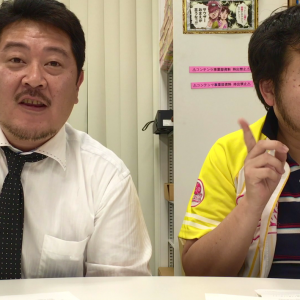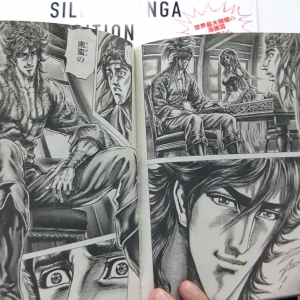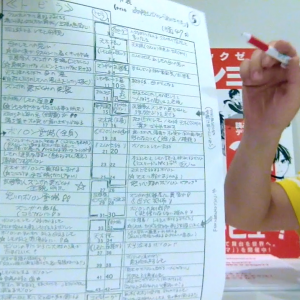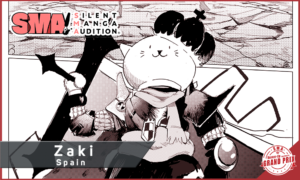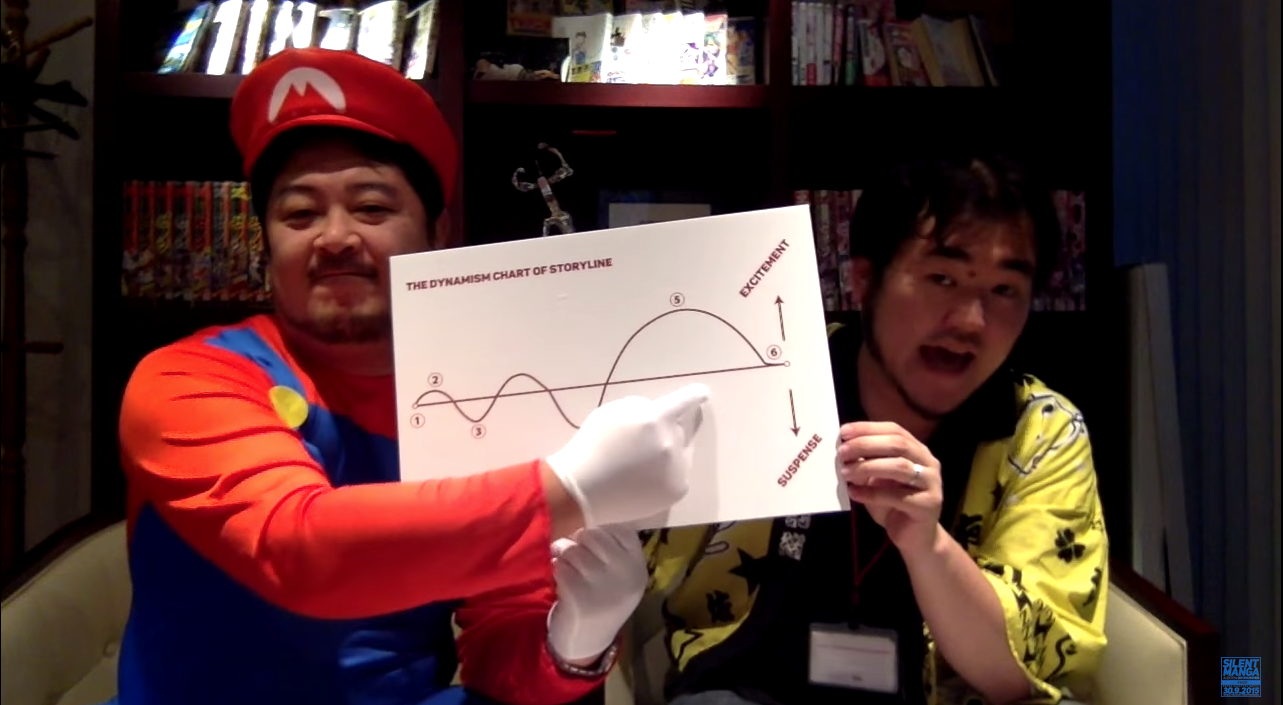

1. First, decide on what motivates your protagonist. What is his/her goal or dream?
2. In the first scene, highlight your protagonists to show their special qualities. Let your readers see and understand what kind of characters they are. This is the foundation of your storyline!
3. Now we are into the main story. First, let your protagonist get into trouble! Then think of a variety of ideas, to move the story on.
4. Just as you think the protagonists are in enough trouble, put them in an even more desperate situation! On the verge of death, draw the readers into the story!
5. Onto the CLIMAX! Think of ideas or ways, that ONLY your protagonists can overcome the obstacles, and look good! Show the readers, how the protagonists TURN the hardship 180 DEGREES around, to their advantage to achieve their dreams.
6. Add the last scene, that makes your readers want to meet the protagonists again!
This chart helps greatly, for you to lay out the pages too. Imagine a stand-alone story, of 31 pages or so. For that, you can imagine…INTRO(1. and 2.): 5-7pages
CLIMAX(5.) : more than 10 pages
LAST SCENE(6.): 2-3 pages
and so on. We say in Japan, “Make the Edges” towards the climax. Put your protagonists in more and more trouble until they hit rock bottom, then in the climax, turn it all around. The more dramatic the change in the protagonist’s circumstances, the better it feels, and the more dynamic and exciting the story becomes. Of course, this is just one of many patterns that you can use to create a story. There is absolutely no reason why you should be limited to this method. But when your story is not going anywhere, make one of the characters move, and follow the chart from the start. You are sure to be able to create at least one full chapter in this way. Once you can do that, and you create several chapters, treating the story as an accumulation several short stories, it becomes much easier to adjust the story as it progresses. GOT IT?
Next episode will be a question and answers session!
See you next time!
GOT IT?
Next episode will be a question and answers session!
See you next time! 






